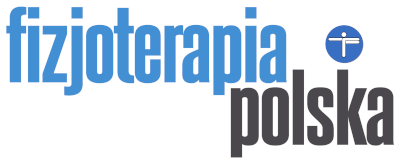An evaluation of the effectiveness of electroanalgesia using the Stiwell method in the rehabilitation of patients with lumbar back pain syndrome
Mirosław Janiszewski, Maciej Chyliński
Mirosław Janiszewski, Maciej Chyliński – An evaluation of the effectiveness of electroanalgesia using the Stiwell method in the rehabilitation of patients with lumbar back pain syndrome. Fizjoterapia Polska 2001; 1(1); 45-46
Abstract
Background. Pain symptoms in the lumbar segment of the spine constitute a problem that is not only medical, but also social and economic. The goal of this article is to evaluate the therapeutic effectiveness of electroanalgesis in treating this disorder. Material and method. The experimental group consisted of 80 patients aged 40-60, who underwent a two-month rehabilitation program using the Stiwell electroanalgesic method. The control group included 80 patients who received a traditional rehabilitation program. Results. A significant reduction in pain symptoms was discovered in the experimental group, as compared to the control group. Conclusion. The Stiwell electroanalgesic method serve to improve the ultimate outcome of the patients with lumbar back pain syndrome.
Key words:
electroanalgesia, lumbar back pain syndrome, Rehabilitation
| Invalid download ID. | Pobierz bezpłatnie artykuł w j. angielskim |

